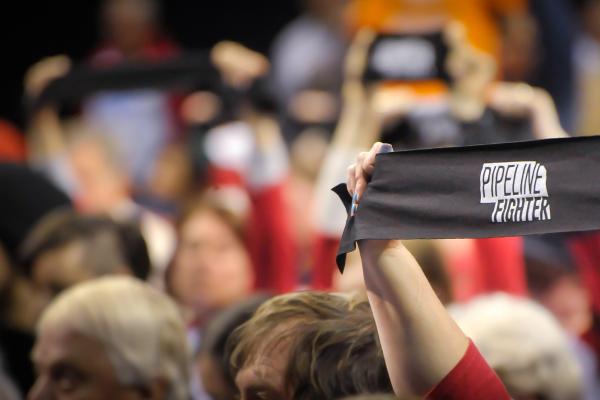OF ALL THE unlikely battles still to be raging, the fight over the Keystone XL pipeline has to be about the unlikeliest.
It was a long shot in the summer of 2011, when the national fight really began. Though a hardy corps of ranchers in Nebraska were already battling, and though Indigenous activists in Canada had been spreading the word about its source in the tar sands, it was all but unknown on a national basis.
Read the Full Article

Already a subscriber? Login
